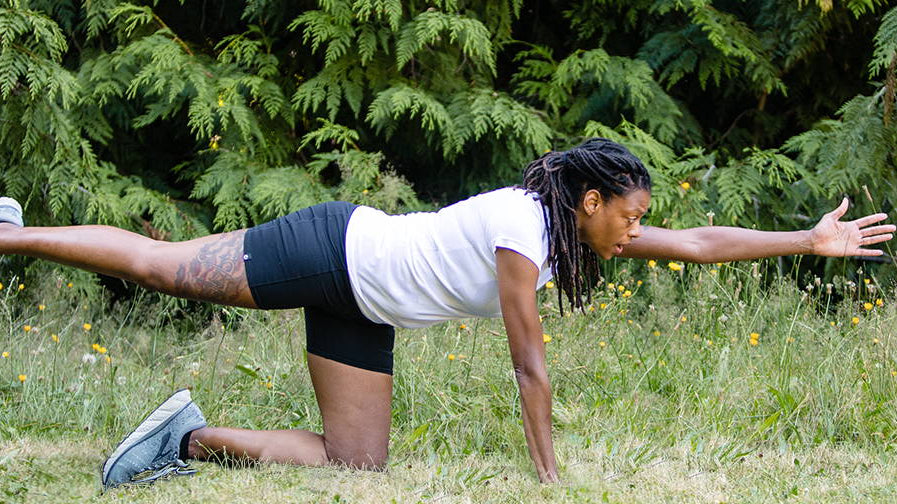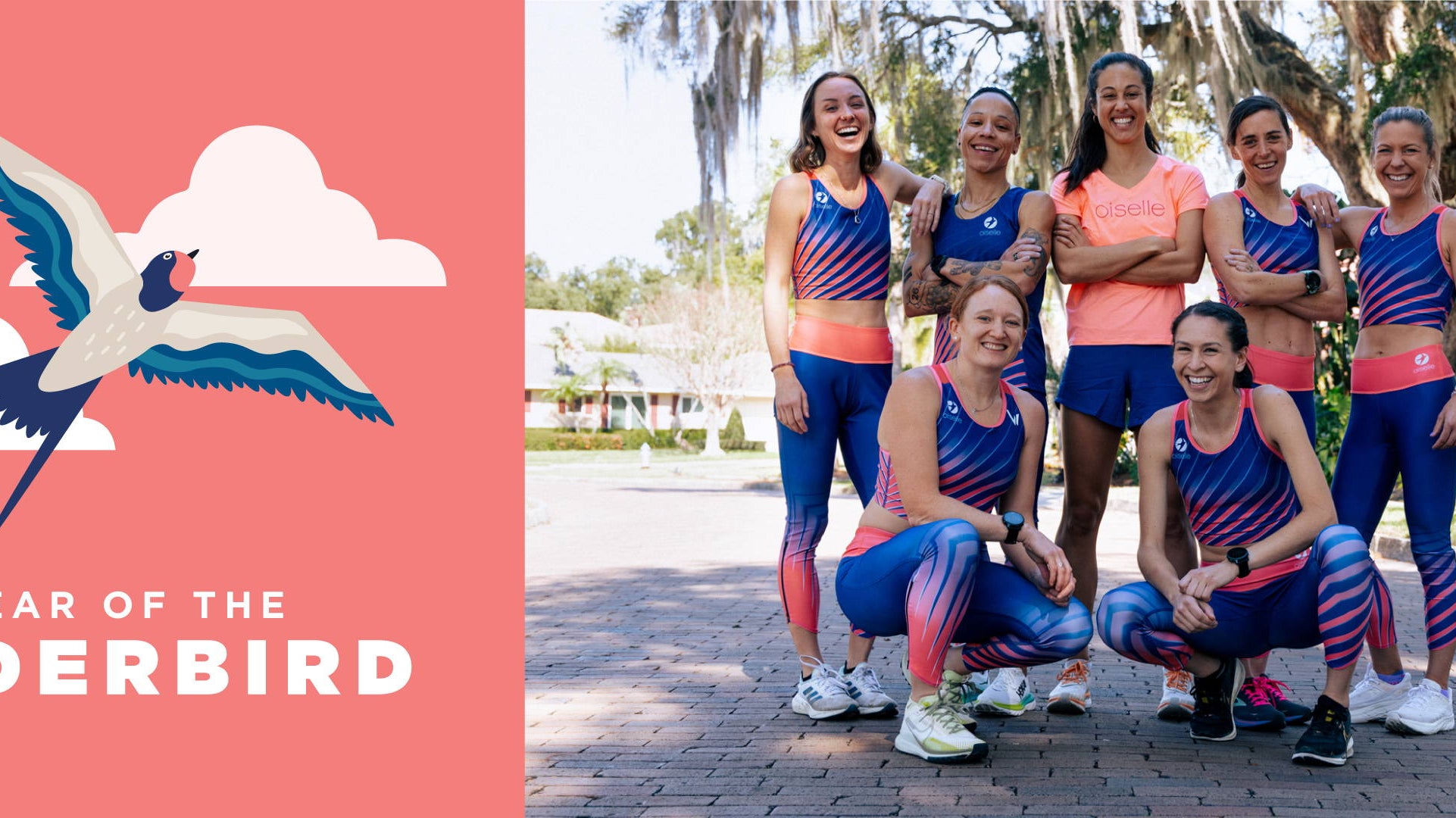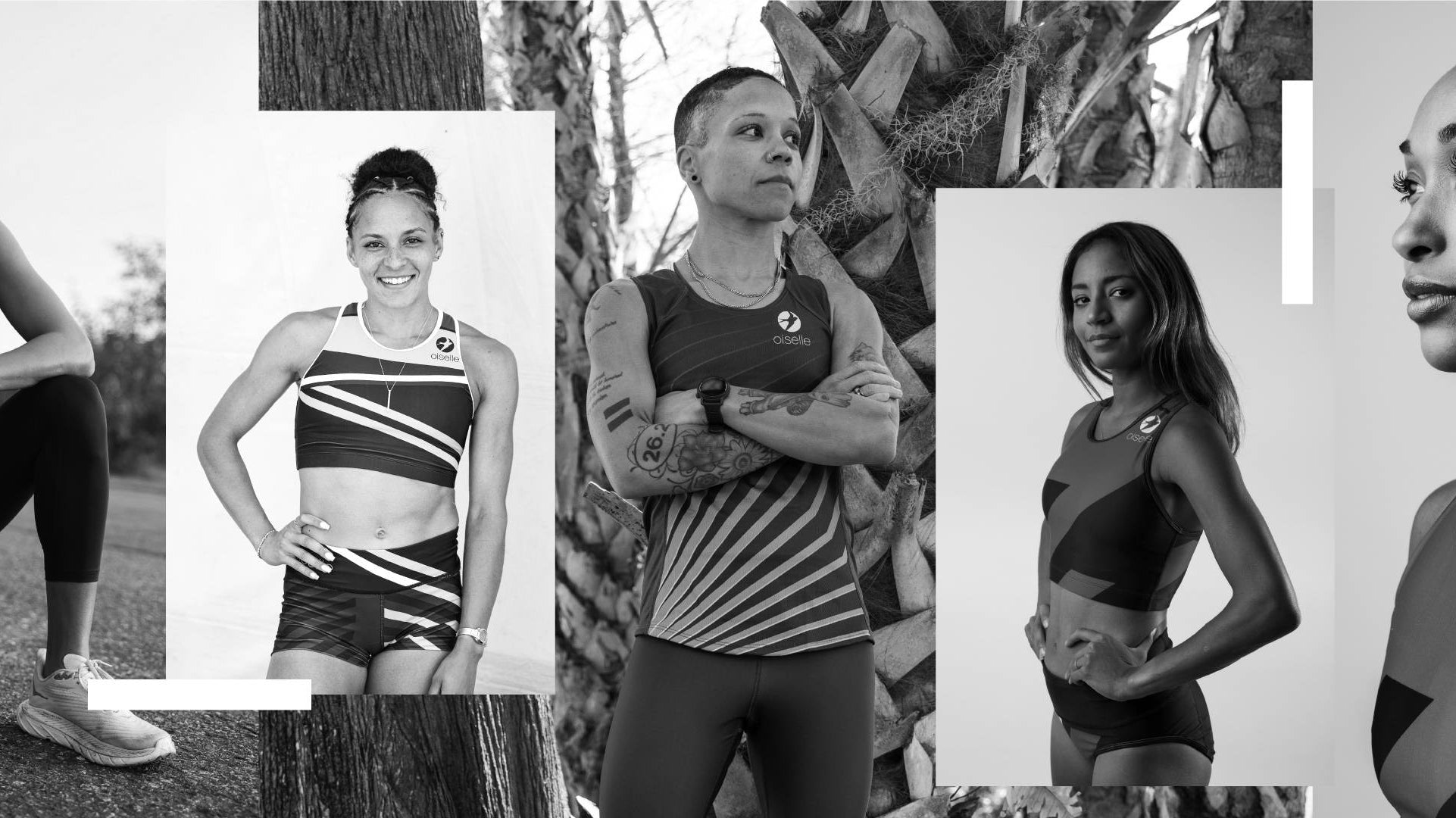The Olympics have always been about making a statement. Whether they shatter a record, defy the odds to win a medal, or courageously decide to prioritize mental health above performing for the world, competitors use their bodies to do the talking. Their athleticism IS the message.
But a refreshing method of saying something emerged at the 2020 Tokyo Olympic Games: Women athletes and allies used attire and personal style to make important social, political, and cultural statements in front of a global audience.
Lighting the torch at the opening ceremony, tennis prodigy Naomi Osaka flaunted immaculate box braids—a staple hairstyle for Black women—with the red and white colors of the Japanese flag—an ode to her native country.
In the first few days of the Games, the German women’s gymnastics team ditched traditional leotards and opted to wear full-length unitards instead. In doing so, the team reportedly had two goals in mind: pushing back against their “sexualization” and asserting what they needed to compete and thrive.
German Gymnasts fight against sexualisation of women by wearing unitards (full bodysuits) for the first time in Olympic Games history.#Tokyo2020 pic.twitter.com/9DSULIrImB
— Advaid അദ്വൈത് (@Advaidism) July 26, 2021
Although their reception was mixed, three of USA’s men’s team fencers protested the presence of teammate Alen Hadzic, who is accused of sexual assault by multiple women. While Hadzic wore a black face mask to the competition, his three teammates showed their solidarity and allyship with victims by wearing pink masks.
3 members of USA's fencing team wore pink masks in protest over claims of sexual misconduct against their team mate.
— Ben Thomas (@Benfthomas_10) August 2, 2021
Hoyle, McDowald and Ramirez all wore the face masks, while Hadzic, the man accused, wore black.
Brilliant to take a stand on the biggest stage👏🏻#Olympics #USA pic.twitter.com/zXxeaqKecn
And then there’s the U.S. Track and Field team. Pulling a page out of the Flo-Jo and Jackie Joyner-Kersee’s playbooks, Black women in particular have integrated loud and subtle fashion choices throughout the competition. Those choices are as much about representing Black experiences and styles as they are about playful and joyful self-expression.
At an Olympic qualifier meet in June, hammer thrower Gwen Berry proudly held up a black t-shirt with the words “Activist Athlete” emblazoned on the front. In 2019, Berry was put on a 12-month probation by the IOC for protesting racial injustice as the podium at the Pan Am games by raising her fist.
🔥Yessssssssss....Gwen Berry (@MzBerryThrows) qualifies for the Hammer Throw finals at the #Tokyo2020 #Olympics pic.twitter.com/MrjBjNwBW9
— Jules Boykoff (@JulesBoykoff) August 1, 2021
Hurdler Christina Clemons accessorized in the best way, shouting out her love of Doritos.
@SheTheMann_ing Christina Clemons is my hero for using her platform to promote delicious snacks like @Doritos pic.twitter.com/R14u3mEsIa
— Lee Johnson (@leejohnson898) August 1, 2021
Long jumper Tara Davis strutted into the finals wearing a cowboy hat and dripping more swag than anybody was prepared for.
If you ain’t got no giddy up, then giddy out her way
— Longhorn Network (@LonghornNetwork) August 3, 2021
Let’s go @tar___ruh👏🏽👏🏽👏🏽
pic.twitter.com/l61PI44vk1
Carrying the yellow, black, and green Jamaican flag at the opening ceremony, sprinter Shelly-Ann Fraser-Pryce donned yellow and green hair to match.
And the winner of the best #OpeningCeremony hair is....
— BBC Sport (@BBCSport) August 6, 2016
Shelly-Ann Fraser-Pryce 👏https://t.co/VU4WHfqJNT #Rio2016 pic.twitter.com/y9q9RSoHsi
Nobody flexed as hard as Raven Saunders. She came to the games with the intention of showing up as her full, authentic self—Incredible Hulk mask, Joker mask, bright hair, piercings, and body art included.
The personal style in the entire track and field field is off the charts this year but nobody is topping this... pic.twitter.com/SOXt6aDm7Z
— Patrick J. Sauer (@pjsauer) August 2, 2021
I need more people to be talking about the glory that is #Olympics shot putter Raven Saunders (@GiveMe1Shot). pic.twitter.com/aeH9NLTI9M
— Franklin Leonard (@franklinleonard) July 30, 2021
“People tell me not to do tattoos and piercings, but now look at me, I’m popping,” she said.
It isn’t just women’s athleticism that speaks volumes at the Olympics. Their apparel does, too.
Apparel and style have always been a reflection of power. This is especially true when you track Olympics history.
“The outfits that Olympians have worn over the years tell a story about the broader sociopolitical dynamics of their time,” as Elizabeth Segran writes for Fast Company. Women’s athletic attire, for example, has been a symbol of the male gaze for over a century. To ensure men didn’t lose focus while watching them compete back in 1900, women had to cover up. They wore skirts, long sleeves, and petticoats. The rules of engagement—dictated by national olympic committees—simply changed over time to appeal to men’s sexual desires. In the first week of the Tokyo Games, The Representation Project determined that women athletes were not only visually objectified (“when a camera pans an athlete’s body and/or focuses on specific body parts in a sexualizing way”) but objectified ten times more than men.
Attire is also a form of control at the Olympics. Prior to the 2020 Games, the International Swimming Federation (FINA) banned athletes from wearing Soul Caps, swim caps made to cover and safeguard Black hair from chlorine. What may have been considered a minor rule change by some was actually a direct attack on the Black women planning to compete. Many pointed out that traditional swim caps are insufficient to protect their hair and that FINA’s decision signified a glaring lack of inclusivity and access to the sport.
Clothing as protest or a show of resistance isn’t new, either. Before Gwen Berry there were medal-winning sprinters Wyomia Tyus, John Carlos and Tommie Smith. At the 1968 Olympics in Mexico City, Tyus wore black shorts to denounce racism and call for human rights while her teammates ran in white shorts during a relay. That year, in a similar show of protest, Carlos and Smith sported black gloves, black socks, a scarf, a necklace, and no shoes—all with the purpose of highlighting Black poverty, Black lynchings, and Black solidarity.
But the extent to which women Olympians in Tokyo have used apparel or style to articulate who they are and what they stand for is incredibly meaningful. There is power in what they choose, and choose not, to wear.
Their apparel is a rejection of hypersexualization and objectification, an assertion of what they need to succeed, a command of bodily autonomy, and a commitment to navigating the world unapologetically.
This is not the first time women athletes used fashion to critique the system, advocate for change, or express themselves. It certainly won’t be the last. The Olympics don’t exist in a vacuum. Long after the closing ceremony, sexism in sports, systemic racism, and classism and a number of other challenges will continue to exist in athletes’ communities. Whether this is a true “turning point” for women at the Olympics remains to be seen. Still, there is no bigger stage for them to raise their voices on. We have no choice but to applaud them for it.
Who doesn’t love a fashion statement?
***
Honorable mentions: Gold medalist Sunisa Lee’s nails were a nod to her Hmong heritage. The
Liberian delegation’s gender neutral apparel, designed by Telfar Clemens for the opening ceremony, symbolized nationalism, cultural pride, and economic investment.
Carimah Townes is a writer and the owner of Brighter Sun Media, a storytelling and digital strategy company that prioritizes clients from Black and other historically marginalized communities. You can reach her at [email protected] or follow her Twitter ramblings @carimahwheat.










